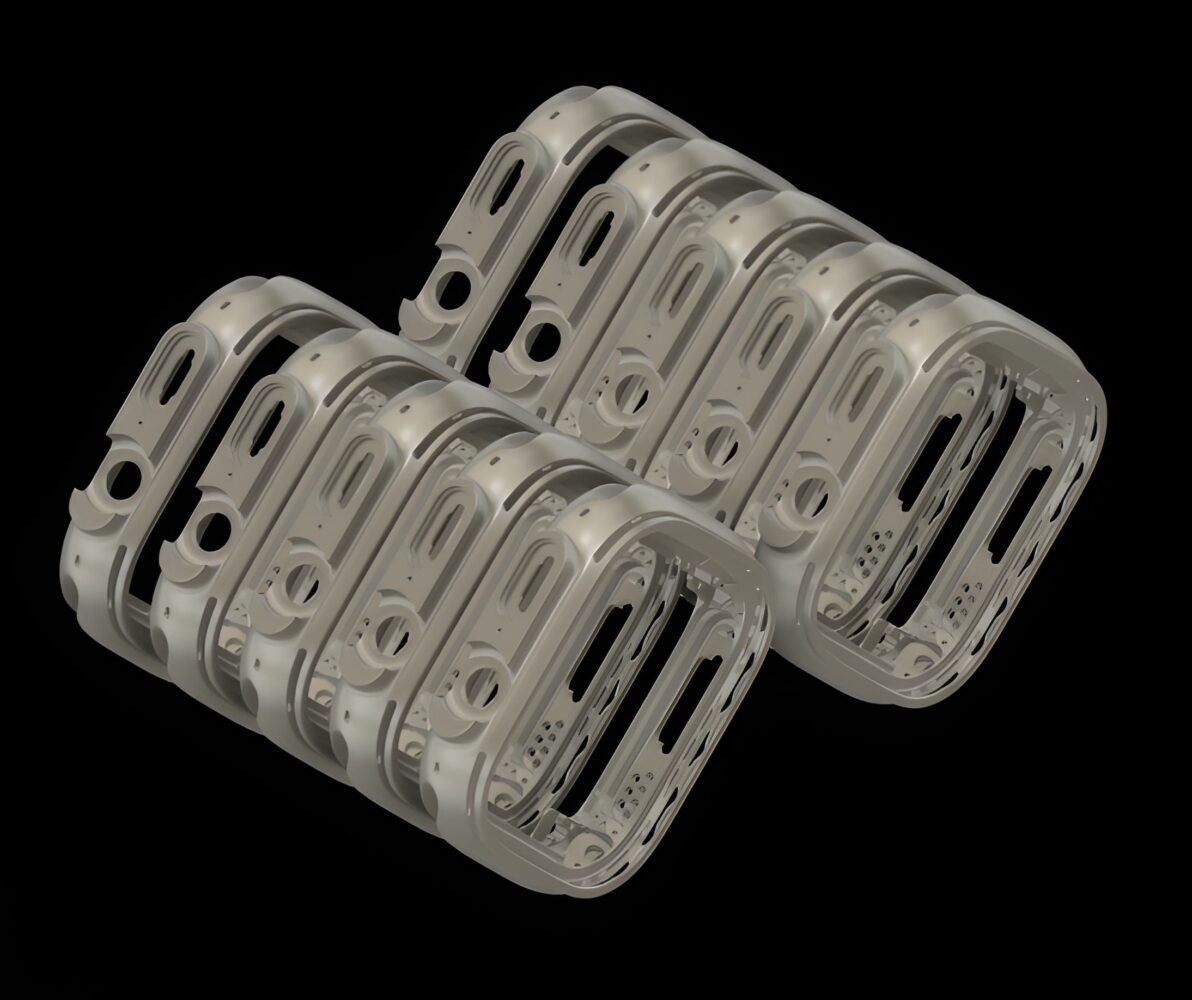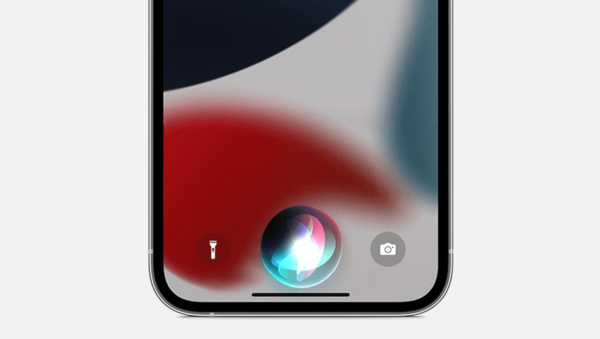TL;DR: Shokz OpenFit 2+ deliver incredible open-ear sound, long battery life, and rock-solid comfort. Almost Bose-level quality for less, and easily the most practical choice for runners, commuters, and anyone who wants to stay aware while staying immersed.
Shokz OpenFit 2+
There’s a moment about three miles into a run where I stop thinking about pace, about form, about whether the neighbors can see me struggling up the hill, and instead just listen. The right song hits, the world blurs a little, and for a brief stretch, I forget that I’m wearing tech at all. That’s where the Shokz OpenFit 2+ live — in that weirdly perfect space between body and machine, awareness and immersion, sound and silence.
When I first unboxed them, I didn’t expect to feel this way. I’d tested enough open-ear earbuds to know what disappointment sounds like. Usually, it’s the thin hiss of midrange frequencies trying to fill the void where bass should be, or that faint tinniness you can’t quite un-hear once you’ve noticed it. But these? The Shokz OpenFit 2+ made me pause mid-jog and mutter, out loud, “Okay, that’s… different.”
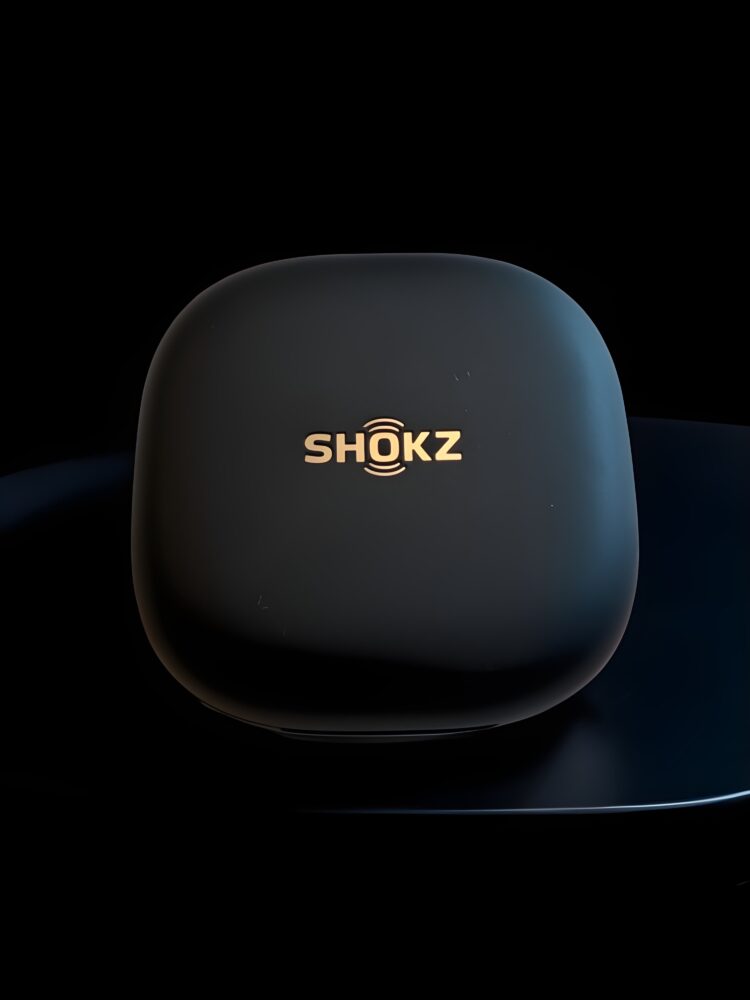
And I don’t mutter compliments often.
The first thing you notice isn’t the sound, though — it’s the fit. That peculiar feeling of something resting just right against your head, not pressing, not dangling, not threatening to take flight the moment you turn your head. I’ve worn so many pairs of “open-ear” designs that I could probably write a dissertation titled “The Aerodynamics of Regret.” The OpenFit 2+ didn’t just fit. They belonged.

They’re not perfect — we’ll get to that — but they’re the first open-ear headphones I’ve used that didn’t feel like a science project strapped to my skull. They’re mature, thoughtful, and quietly revolutionary in a way that makes you re-evaluate what you thought open-ear sound could be.
And that’s why I’m writing this. Because when something this niche gets this right, it deserves a proper, obsessive, too-many-coffees-at-3AM kind of love letter.
Fit and the Delicate Politics of Glasses
Let me be clear: I have difficult ears. They’re medium-sized, stubbornly asymmetrical, and flanked by a pair of thick-rimmed glasses that could double as medieval weaponry. Most ear hooks and frames treat each other like rival gangs — no matter how gently I place them, something eventually digs, pinches, or slides out of place.
That’s why the Shokz OpenFit 2+ surprised me. Their flexible nickel-titanium hooks don’t just hang; they wrap. There’s a forgiving give to them, like someone engineered this alloy with the explicit goal of appeasing anxious, glasses-wearing reviewers. The silicone coating — “ultra-soft silicone 2.0” in Shokz’s marketing — sounds like overkill, but I’ll admit it: it’s buttery smooth. I wore them through long commutes, video calls, and one ill-advised afternoon nap on the couch, and never once felt that tight, pinching fatigue I associate with hook-style designs.
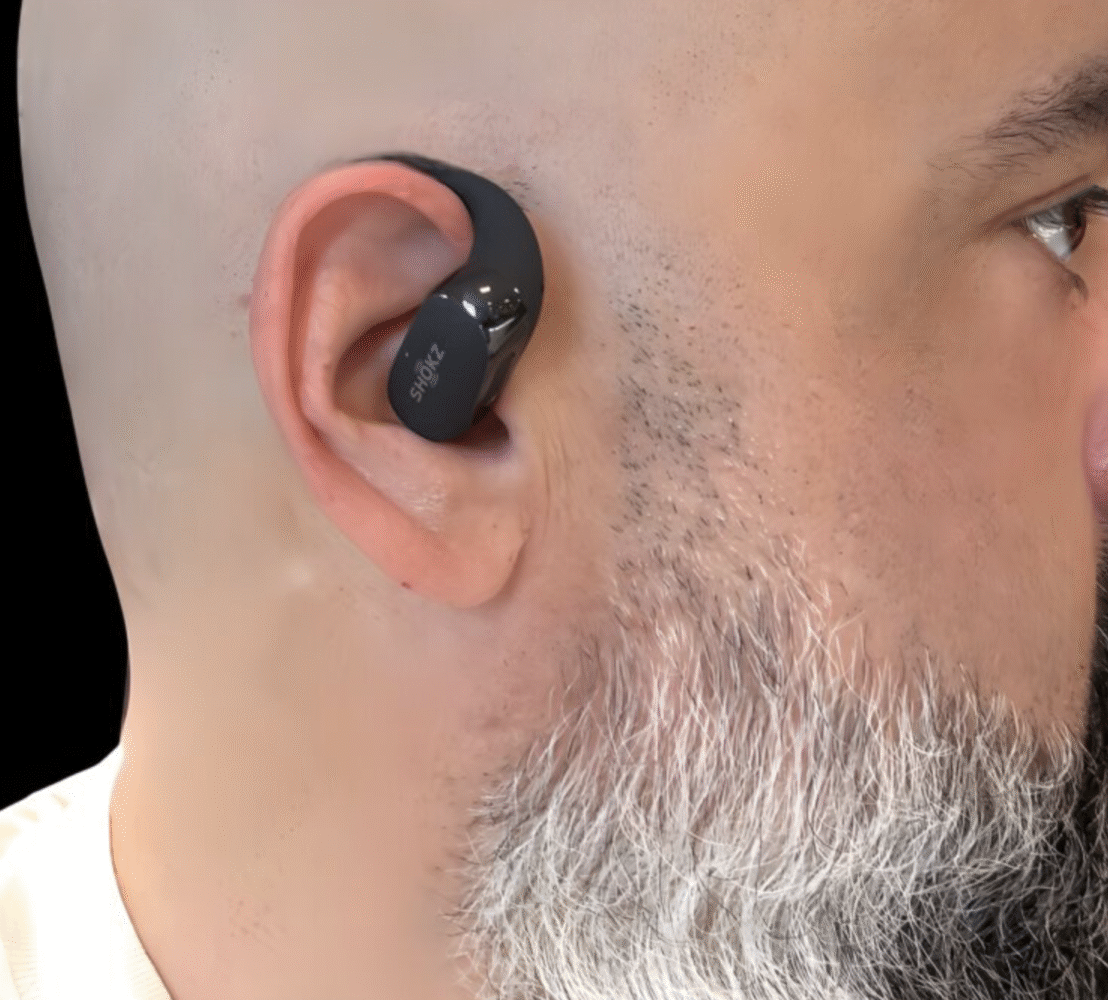
But here’s the catch. The combination of glasses and the OpenFit 2+ still requires a delicate negotiation. If your frames are particularly chunky, the hook will occasionally nudge against the temple arms, reminding you that physics has limits. It’s not painful, but it’s there — like a gentle poke from reality reminding you that even great engineering can’t make two objects occupy the same space.
I learned to adjust my glasses ever so slightly higher on my ears, and suddenly everything clicked into place. Once adjusted, I could run, jump, and flop dramatically onto my bed without dislodging a thing. It’s that rare product that feels like it understands motion — not just static fit, but movement as a lifestyle.
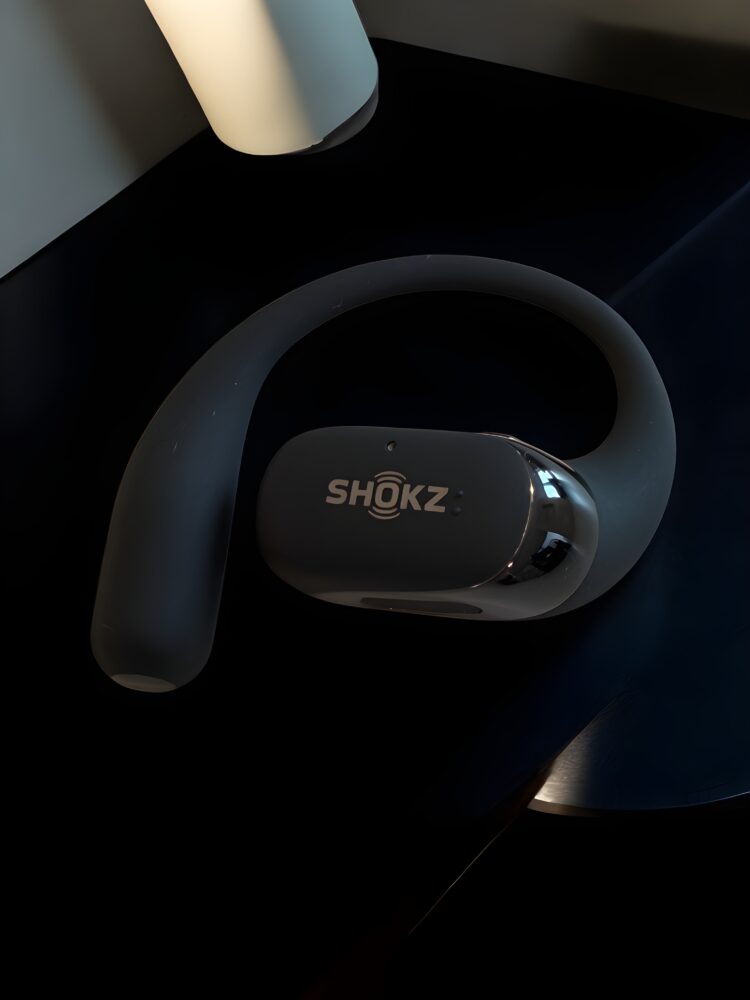
And that’s really what makes these special: they’re not trying to isolate you from the world. They’re designed for life — the messy, sweaty, unpredictable kind that happens when you’re halfway through a podcast and your bus driver hits a speed bump hard enough to test your balance.
Sound Without Walls
Open-ear headphones have always been an exercise in compromise. You either get sound that feels full but blocks out the world, or awareness that turns your favorite album into background noise. For years, I thought that was just the price of safety — the auditory version of eating healthy food that tastes like cardboard.
But then I switched on Dolby Audio in the Shokz app, and I felt something I hadn’t felt from open-ear headphones before: presence.
It’s not about volume. It’s about space — that subtle, three-dimensional illusion that makes a sound feel like it’s happening around you rather than inside your skull. Suddenly, songs had room to breathe. Bass notes didn’t just appear; they rolled. Vocals sat perfectly in front of me, and I swear I could almost feel the shimmer of hi-hats in the air.
No, it’s not Bose-level perfection, but the Shokz sound so dangerously close that, in most real-world environments, the difference feels more like personality than hierarchy. Bose gives you the velvet luxury of a sound spa; Shokz gives you energy, immediacy, and a surprisingly dynamic punch for something that doesn’t even seal your ears.
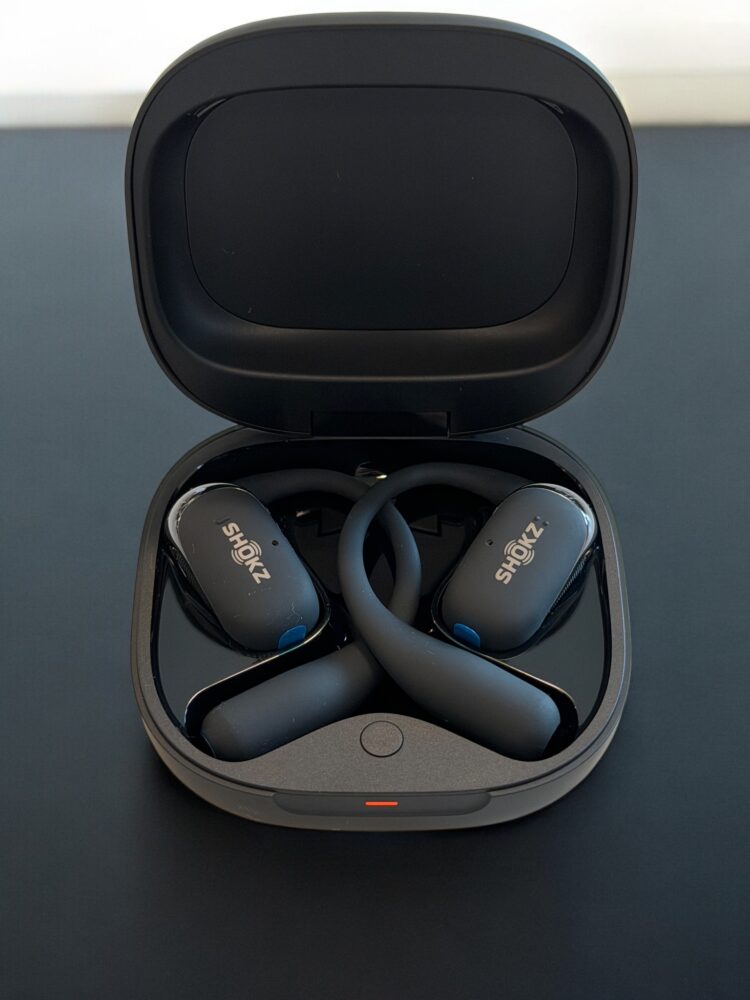
I tested them on everything from Florence + The Machine’s soaring crescendos to the heavy grit of Linkin Park’s “Heavy is the Crown.” The transition between genres was effortless. The Dolby effect made each switch feel cinematic, like someone remastered my playlists just for me.
And yet, what impressed me most wasn’t the power. It was the restraint. You can still hear the world — your footsteps, the wind, the faint hum of city life — but instead of competing with your music, it becomes part of the mix. That’s a kind of sound design I didn’t realize I was craving until I experienced it.
The Joy of Forgetting to Charge
Confession time: I’m awful at charging my gadgets. I’ll happily spend $200 on earbuds and then act shocked when they die mid-podcast because I forgot to plug them in for a week. That’s why the Shokz OpenFit 2+ might be the most forgiving tech I’ve ever owned.
Eleven hours of playback. Forty-eight with the case. Wireless charging. Done.
That combination turns something as mundane as “battery life” into a lifestyle convenience. I dropped the case onto my charging pad, went to bed, and didn’t think about it again for days. That’s how it should be. No more hunting for USB-C cables, no more guessing if 20% battery will get me through a commute.

This alone makes the cheaper OpenFit 2 feel obsolete. Once you’ve tasted the freedom of Dolby and wireless charging, the idea of going back to plug-in charging feels like willingly buying a flip phone because you “like buttons.” The small price jump between the two models feels almost insulting to the older sibling — like Shokz built the 2+, looked at the 2, and whispered, “You served your purpose.”
Running and the Soundtrack of Motion
I judge headphones by how they behave when I’m gasping for breath. On paper, the OpenFit 2+ were made for athletes: IP55-rated, sweat-resistant, light, flexible, aerodynamic in a way that makes you feel vaguely faster just putting them on. But paper promises are cheap. What matters is the run.
During early-morning workouts on Jumeirah Corniche and late-afternoon desert trail runs near Al Qudra, the open-ear design proved its worth. I could still hear cyclists flying past, the hum of 4x4s in the distance, even the faint city buzz carried by the wind — all without losing my playlist’s energy. The hooks stayed locked in no matter how much I sprinted, jumped, or dodged the random desert dog that seems to appear out of nowhere. Despite the heat, the sweat, and even the odd sand gust, the sound never faded or buzzed with moisture interference. The bass hit right on cue with the chorus — and for a split second, I felt like the hero of my own Dubai fitness montage, framed against the sunset glow over Burj Khalifa.

Later, at a structured HIIT circuit in a Marina gym, I caught something subtle yet important: lateral movements barely shifted them. Burpees, battle ropes, even box jumps — they wobbled slightly on the vertical but never lost their seal or sound direction. That’s the kind of dependable, real-world performance you only appreciate after watching your overpriced earbuds take flight into a gym corner mid-jump squat.
The Science of Staying Aware
The beauty of open-ear design isn’t just safety; it’s sanity. I can’t count the number of times I’ve missed deliveries, ignored coworkers, or nearly walked into people because noise-canceling headphones turned me into an oblivious idiot. The OpenFit 2+ changes that dynamic completely.
You don’t feel sealed off. You feel part of the world, just with a private soundtrack layered on top. You can hear conversations, traffic, your own voice, even your breathing — all while your music flows seamlessly underneath. There’s something liberating about that. It’s a reminder that technology doesn’t have to isolate to impress.
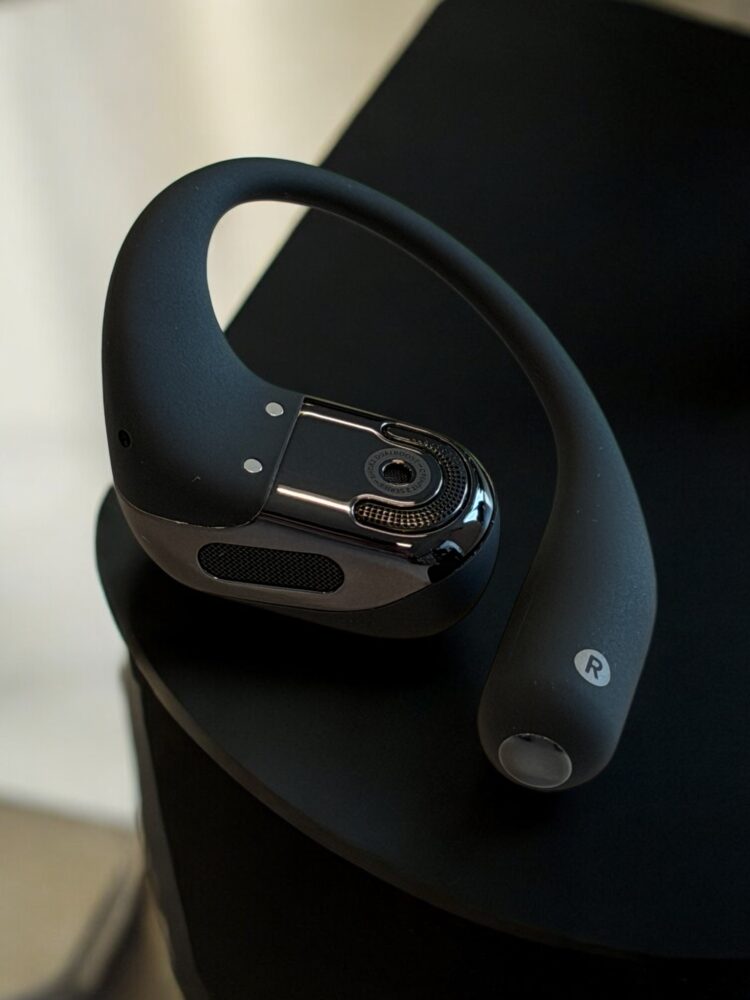
This, I think, is the future of audio for multitaskers — for parents who need to hear their kids while cooking, for commuters who need to hear station announcements, for runners who like to stay alive. Shokz has found a way to make awareness feel luxurious, not like a compromise.
Quirks and the Humble Imperfections
No tech is flawless. The OpenFit 2+ stumble occasionally, and it’s only fair to admit it.
The AI-enhanced microphones, for example, are hit-or-miss. Indoors, calls sound crisp and clear, better than expected. Outdoors, in wind? Let’s just say the AI has its limits. I once tried taking a call during a particularly gusty morning run, and my friend asked if I was “inside a blender.” Not ideal.
The multipoint connection, while lifesaving, can be a little temperamental. Switching between phone and laptop sometimes takes a few seconds longer than you’d like. And if you’re someone who wears thick glasses, that tiny pressure point behind the ear never completely disappears.
But these are minor irritations, not dealbreakers. The kind of quirks you forgive in a partner because the relationship, on the whole, is so damn good.
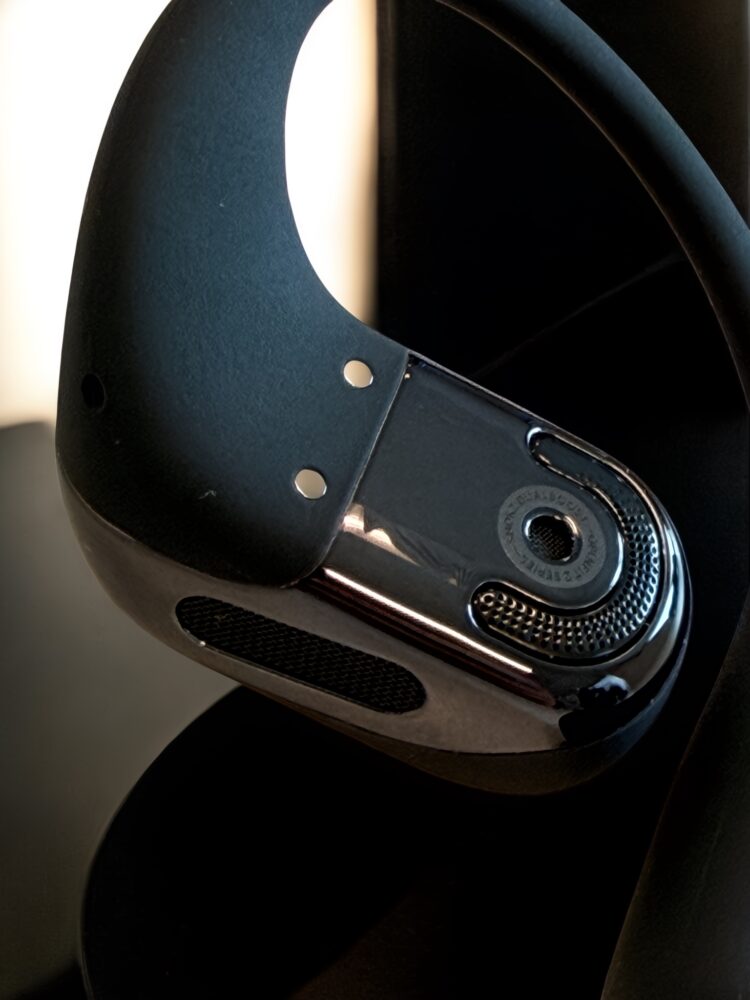
Living With the Shokz OpenFit 2+
After the testing phase ended, I did something rare: I kept wearing them. Normally, after reviewing a product, I move on to the next shiny thing. But the OpenFit 2+ stayed. They became part of my routine in ways I didn’t expect.
They’re what I grab in the morning for a quick dog walk, when I’m too tired for conversation but too aware for silence. They’re my companion during late-night chores, when I want a podcast whispering in my ear without drowning out the world. They’re even my guilty pleasure at bedtime — I’ll slip them on to listen to an audiobook quietly while my partner sleeps beside me, the sound directed perfectly at me and nowhere else.
They blend into life the way all great tech should: invisibly, effortlessly, meaningfully. They don’t demand attention; they enhance the moments you’re already living.
That’s the highest compliment I can give.
The Verdict
Open-ear designs have existed for years, but they’ve always been weirdly transitional — a half-step between bone conduction and in-ear, never quite satisfying either crowd. The Shokz OpenFit 2+ changes that conversation.
The Shokz OpenFit 2+ aren’t perfect, but they’re extraordinary in their honesty. They don’t try to trick you into thinking you’re wearing over-ear studio cans. They don’t chase impossible bass or pretend to block the world. They lean into what open-ear audio should be: balanced, breathable, alive.
They sound almost as good as Bose, fit better, and cost less. They handle sweat, chaos, and long days without complaint. They make you feel present. They make you forget you’re wearing them.
After living with them, my only real complaint is that I can’t go back to anything else. Every time I switch to closed earbuds, the silence feels oppressive. The OpenFit 2+ have spoiled me.
If this is the future of open-ear design, then Bose should be paying attention — because Shokz just proved that comfort, sound, and practicality can finally coexist.


